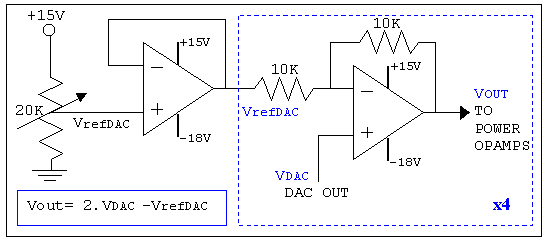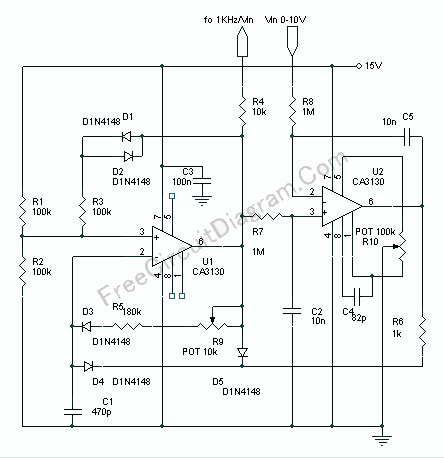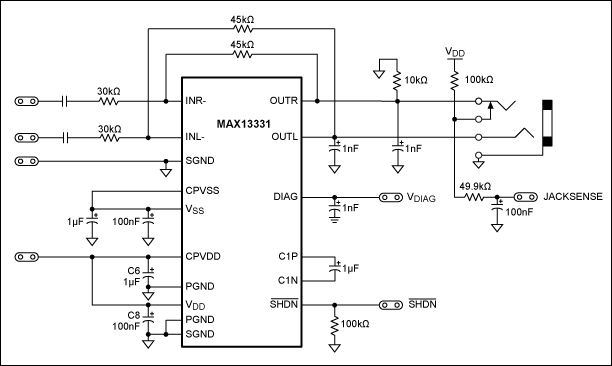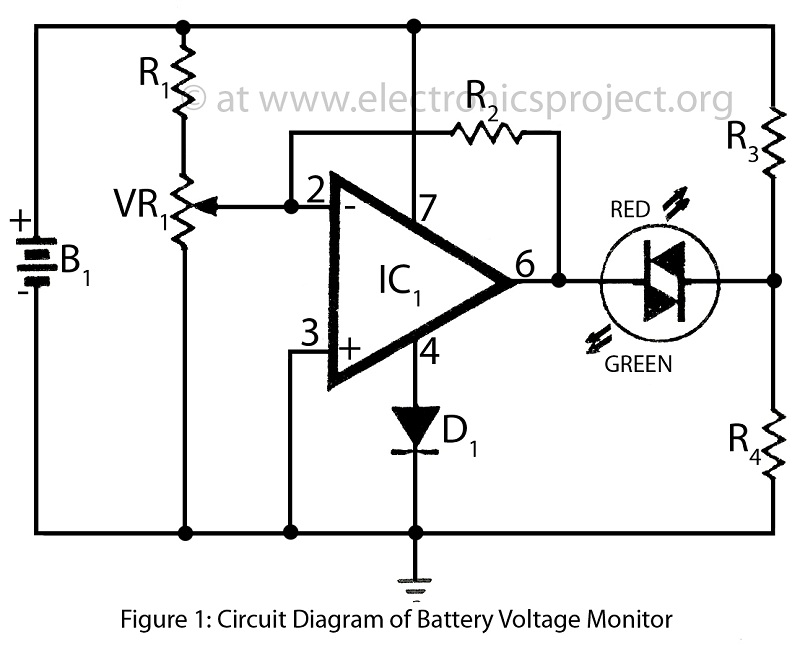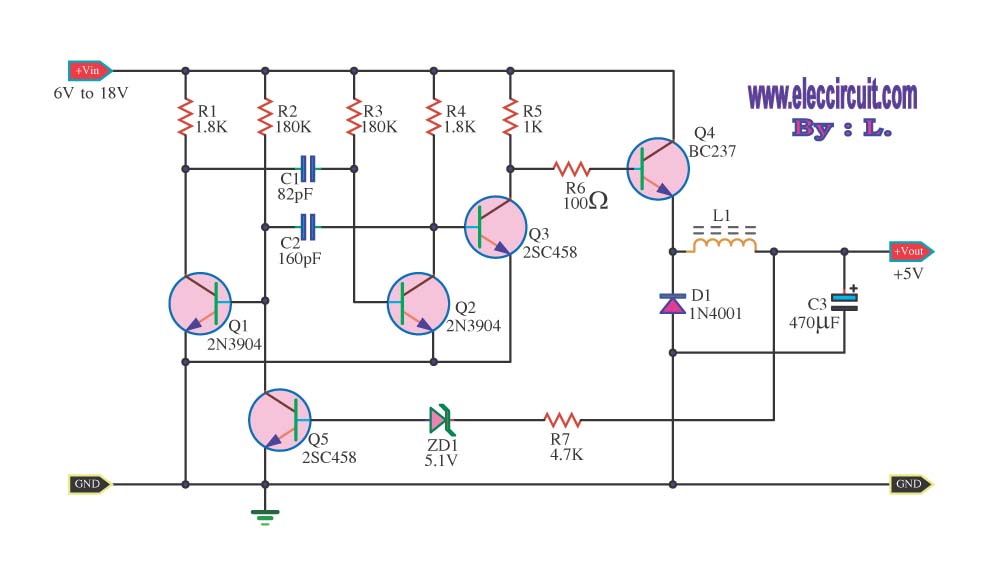
Discrete Voltage Regulator
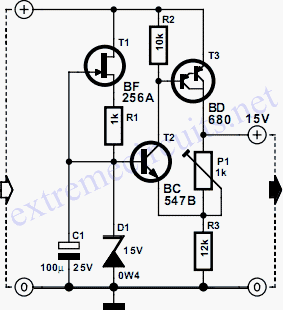
The title of this article raises the question of why the extensive selection of fully integrated voltage regulators should be supplemented with a version built using discrete components. Specifically, what advantages does this circuit provide that the well-known three-terminal regulators do not? This circuit is refreshingly straightforward for a discrete version, requiring only three semiconductors, three resistors, a capacitor, and a diode. Although this is still more components than an integrated regulator, the advantages of this circuit lie in three key areas: voltage range, bandwidth, and current rating. The current rating is particularly noteworthy, as the maximum current is determined solely by the specifications of the output transistor. In this case, the BD680 can deliver 4 A at a collector-emitter voltage of 10 V with adequate cooling (Rth = 3.12 K/W), and the peak current can reach 6 A, which is challenging to match with an integrated voltage regulator. The maximum input voltage for the illustrated circuit version is 30 V (UDSmax of T1), but this can be increased by using specialized high-voltage transistors. Additionally, the bandwidth can be extended without circuit modifications by utilizing high-speed transistors, as integrated voltage regulators typically do not excel in this area. The circuit's simplicity is evident; a Zener diode (D1) is supplied with a constant current of approximately 1 mA by a JFET current source (T1), which establishes the reference potential. A capacitor (C1) is connected in parallel with D1 to ensure smooth startup behavior (soft start), providing additional buffering and decoupling noise and disturbances. The startup time is approximately three seconds. An output buffer for the reference potential is also required, implemented as a super-Darlington configuration using transistors T2 and T3. While this configuration functions effectively, it results in the output voltage being slightly lower (by one diode drop) than the Zener voltage. A potentiometer (P1) can be added for correction, though this compromises circuit regulation. If the voltage difference is not critical, it is advisable to replace P1 with a wire jumper. The main specifications of the voltage regulator are detailed in Table 1.
This discrete voltage regulator circuit is designed for applications where high current output and flexibility in voltage range are essential. The choice of the BD680 transistor allows for significant current handling, making it suitable for driving loads that require more power than typical integrated voltage regulators can provide. The ability to use high-voltage transistors further enhances the circuit's versatility, allowing it to accommodate a wider range of input voltages.
The JFET current source (T1) is critical for maintaining a stable reference voltage, ensuring that the Zener diode operates within its optimal range. The addition of C1 not only facilitates a soft start to prevent inrush current but also acts as a filter to mitigate voltage spikes and noise, which is particularly beneficial in sensitive electronic applications.
The super-Darlington configuration formed by T2 and T3 provides a robust output stage capable of driving substantial loads while maintaining the necessary voltage regulation. However, it is important to consider the trade-off introduced by the diode drop, which can affect precision applications. The optional potentiometer (P1) allows for fine-tuning of the output voltage, although careful consideration should be given to its impact on overall circuit performance.
In summary, this discrete voltage regulator circuit offers significant advantages over integrated solutions, particularly in terms of current capacity, input voltage range, and bandwidth, making it a valuable option for engineers and designers working on high-performance electronic systems.The title of this article naturally raises the question of why we think that the generous selection of fully integrated voltage regulators needs to be extended with a version constructed using discrete components. In other words, what does this circuit offer that the well-known three-leggers` don`t have To start with, we can point out that this c
ircuit is refreshingly simple for a discrete version. Three semiconductors, three resistors, a capacitor and a diode are all it needs. Of course, that`s still more components than an integrated regulator, so what exactly are the advantages of this circuit They are to be found in three areas: voltage range, bandwidth and current rating. The last of these is the primary strength of this circuit, since the maximum current depends only on the specifications of the output transistor.
With the BD680, as used here, a current of 4 A can be delivered at a collect-emitter voltage of 10 V with adequate cooling (Rth = 3. 12 K/W). The peak current is even 6 A. Try matching that with an integrated voltage regulator! The maximum input voltage is 30 V with the illustrated version of the circuit (UDSmax of T1), but this can easily be increased by using special high-voltage transistors.
The same applies to the bandwidth, which can be extended as desired, without any modifications to the circuit, by using high-speed transistors. Generally speaking, wide bandwidth is also not one of the strong points of integrated voltage regulators.
As noted, the circuit is basically very simple. A zener diode (D1) fed with a constant current of around 1mA by a JFET current source (T1) provides the reference potential. C1 is connected in parallel with D1 to provide well-behaved startup behaviour (soft start). This capacitor also provides additional buffering and decouples noise and other disturbances. The startup time is around three seconds. The only additional item that is needed for the voltage regulator is an output buffer for the reference potential.
This takes the form of a sort of super-Darlington using T2 and T3. This works very well, but has the disadvantage that the output voltage is a bit lower (one diode drop) than the Zener voltage. P1 can be added to correct this, but this does reduce the regulation of the circuit. If the voltage difference is not important, it is thus better to replace P1 with a wire jumper. The main specifications of the voltage regulator are listed in Table 1. 🔗 External reference
This discrete voltage regulator circuit is designed for applications where high current output and flexibility in voltage range are essential. The choice of the BD680 transistor allows for significant current handling, making it suitable for driving loads that require more power than typical integrated voltage regulators can provide. The ability to use high-voltage transistors further enhances the circuit's versatility, allowing it to accommodate a wider range of input voltages.
The JFET current source (T1) is critical for maintaining a stable reference voltage, ensuring that the Zener diode operates within its optimal range. The addition of C1 not only facilitates a soft start to prevent inrush current but also acts as a filter to mitigate voltage spikes and noise, which is particularly beneficial in sensitive electronic applications.
The super-Darlington configuration formed by T2 and T3 provides a robust output stage capable of driving substantial loads while maintaining the necessary voltage regulation. However, it is important to consider the trade-off introduced by the diode drop, which can affect precision applications. The optional potentiometer (P1) allows for fine-tuning of the output voltage, although careful consideration should be given to its impact on overall circuit performance.
In summary, this discrete voltage regulator circuit offers significant advantages over integrated solutions, particularly in terms of current capacity, input voltage range, and bandwidth, making it a valuable option for engineers and designers working on high-performance electronic systems.The title of this article naturally raises the question of why we think that the generous selection of fully integrated voltage regulators needs to be extended with a version constructed using discrete components. In other words, what does this circuit offer that the well-known three-leggers` don`t have To start with, we can point out that this c
ircuit is refreshingly simple for a discrete version. Three semiconductors, three resistors, a capacitor and a diode are all it needs. Of course, that`s still more components than an integrated regulator, so what exactly are the advantages of this circuit They are to be found in three areas: voltage range, bandwidth and current rating. The last of these is the primary strength of this circuit, since the maximum current depends only on the specifications of the output transistor.
With the BD680, as used here, a current of 4 A can be delivered at a collect-emitter voltage of 10 V with adequate cooling (Rth = 3. 12 K/W). The peak current is even 6 A. Try matching that with an integrated voltage regulator! The maximum input voltage is 30 V with the illustrated version of the circuit (UDSmax of T1), but this can easily be increased by using special high-voltage transistors.
The same applies to the bandwidth, which can be extended as desired, without any modifications to the circuit, by using high-speed transistors. Generally speaking, wide bandwidth is also not one of the strong points of integrated voltage regulators.
As noted, the circuit is basically very simple. A zener diode (D1) fed with a constant current of around 1mA by a JFET current source (T1) provides the reference potential. C1 is connected in parallel with D1 to provide well-behaved startup behaviour (soft start). This capacitor also provides additional buffering and decouples noise and other disturbances. The startup time is around three seconds. The only additional item that is needed for the voltage regulator is an output buffer for the reference potential.
This takes the form of a sort of super-Darlington using T2 and T3. This works very well, but has the disadvantage that the output voltage is a bit lower (one diode drop) than the Zener voltage. P1 can be added to correct this, but this does reduce the regulation of the circuit. If the voltage difference is not important, it is thus better to replace P1 with a wire jumper. The main specifications of the voltage regulator are listed in Table 1. 🔗 External reference
